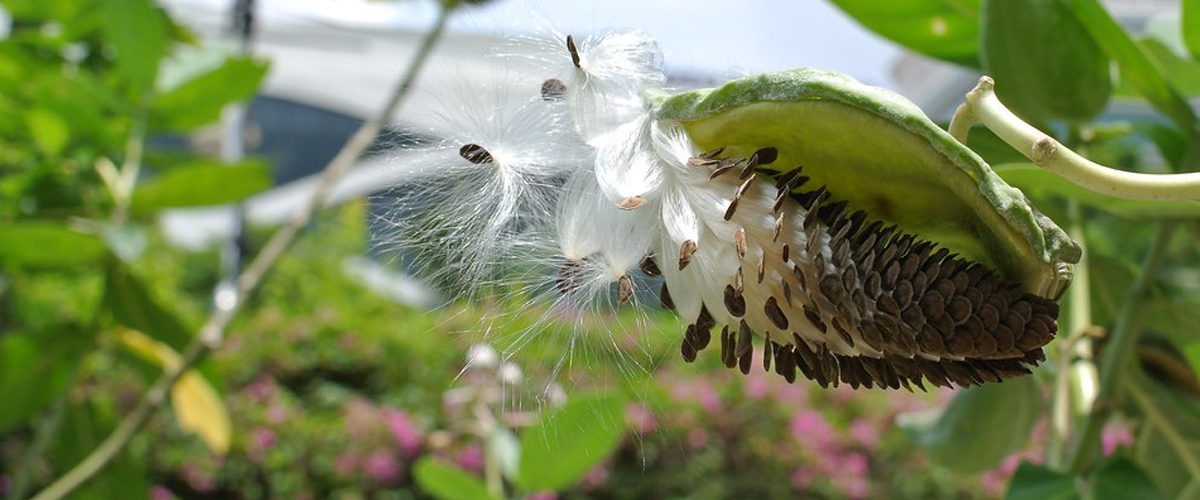Climate change is leading to inadequate livestock forage, acute food shortage, and decreased income in arid and semi-arid lands. Therefore, there is a need to develop conservation-conscious and environment-friendly techniques to increase communities’ resilience to adopt climate changes. Locally available adaptable trees and shrubs can ominously bring new opportunities and resources for livelihood improvements. This is due to the domestication enhances the provision of products and services from trees to combat malnutrition, increase productivity and adapt to anthropogenic climate changes. Calotropis procera is a species of flowering plant that belongs to the family Apocynaceae. C. procera is among shrub species that most prevalent in semi-arid regions and commonly known as ‘giant milkweed’. The shrub is evergreen having deep and solid tap roots. It is salt and drought tolerant, can grow in ecosystems with a temperature range of 20-30 centigrade and less than 1000 mm annual precipitation. The species can be used as a beneficial ingredient in the medicinal industry and fodder purposes, while its genes can be used in research on genetic diversification to enhance cotton fiber strengths.
Bufebo et al. (2016) informed that the shrub exhibit undesirable characteristics such as invasiveness in some parts of the world like Australia. Available literature has established that its seeds and fruits can produce quality calotrope fiber that can be used in the textile industry. Calotrope fiber has good stable lengths, fiber strengths, fiber uniformity ratio, fiber fairness, and moisture absorption characteristics when we compared it with silk and cotton fiber.

C. procera can be ecologically, economically, culturally, and socially important to different communities under proper management. Conversely, limited information is available regarding the phenological behavior of C. procera under different climatic and edaphic conditions. This scenario makes it difficult to conclusively predict how climate change and changes in soil condition will influence the phenology of the species as a result of erosion and salination. Novel research published in the Asian Journal of Plant Sciences that was conducted by Brexidis Mandila et al. (2021) to determine the edaphic and climatic factors affecting the phenological traits of naturally growing C. procera in the semi-arid regions of Kenya. The researchers elaborated that semi-arid regions of Makueni and Tharaka in Kenya experience medium temperatures, low monthly rainfalls, and wind speed that vary from time to time. Soils in Tharaka were deficient in available Phosphorus and exchangeable Potassium while those of Makueni were deficient in available Phosphorus. The flowering activity index of C. procera requires an adequate supply of soil available Phosphorus while an increasing number of flowers per stem requires an optimal supply of soil exchangeable Sodium and High Soil Organic Carbon, available Phosphorus and exchangeable Magnesium. The researchers further pointed out that optimal fruit production of C. procera fruits requires an adequate supply of soil exchangeable sodium, High Soil Organic Carbon content, available Phosphorus, available Potassium, exchangeable Magnesium, and exchangeable Calcium. Enhancing phenological traits of C. procera requires optimal temperatures, rains and wind speed.
















Add comment